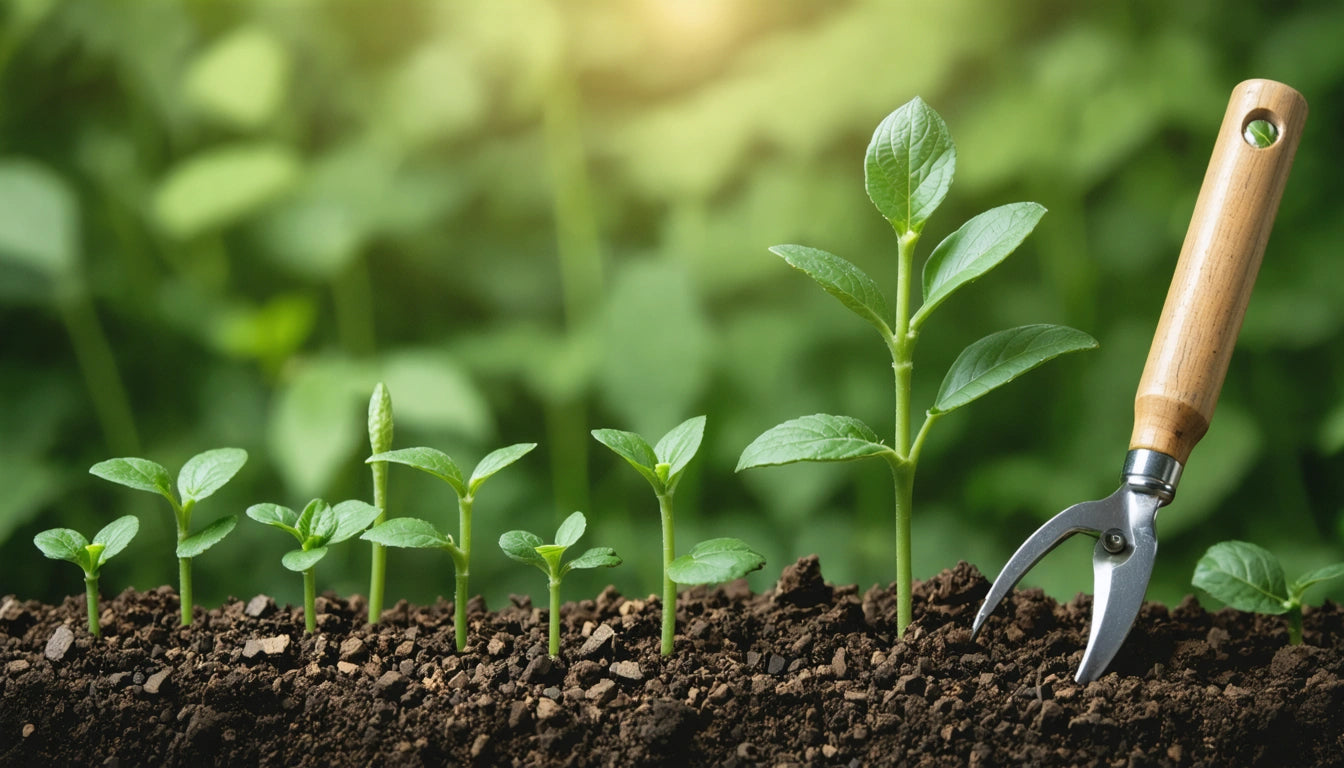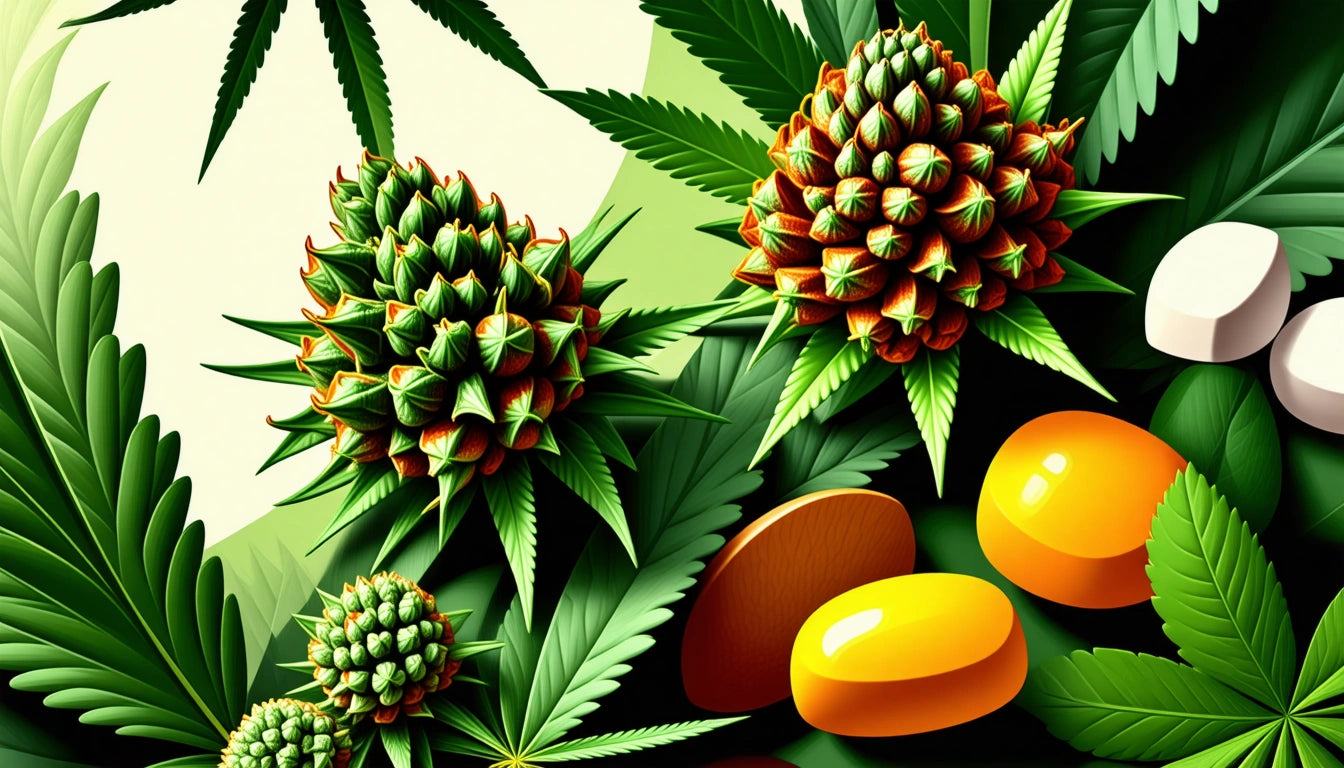Table of Contents
Comparing Cannabis Concentrates: Shatter, Crumble, Rosin, and Badder
Cannabis concentrates have revolutionized consumption methods, offering potent alternatives to traditional flower. Understanding the differences between varieties like shatter, crumble, rosin, and badder helps consumers make informed decisions based on their preferences for potency, flavor, and consumption method.
Understanding Cannabis Concentrates
Cannabis concentrates are extracted forms of cannabis that contain higher levels of cannabinoids and terpenes than flower. They're created through various extraction methods that separate the plant's desirable compounds from unwanted plant material. The result is a product with THC concentrations that can range from 60% to over 90%, compared to flower's typical 15-25%.
Shatter: The Glass-Like Concentrate
Shatter is known for its translucent, amber appearance and glass-like consistency that can literally shatter when broken apart. According to this comprehensive guide on shatter, it's typically produced using butane or propane extraction methods.
Key Characteristics of Shatter
- Appearance: Transparent to translucent with an amber or gold color
- Texture: Hard, glass-like consistency at room temperature
- Potency: Usually 70-90% THC
- Stability: Longer shelf life than other concentrates
- Production: Typically made using hydrocarbon solvents
Shatter's molecular structure is more stable than other concentrates, giving it a longer shelf life. The clarity of shatter is often considered an indicator of purity, though this isn't always accurate.
Crumble: The Dry and Brittle Option
When comparing thc crumble vs shatter, the most obvious difference is texture. Crumble has a dry, crumbly consistency that breaks apart easily. This resource on crumble explains that it's created through a similar extraction process to shatter but with different post-processing techniques.
Key Characteristics of Crumble
- Appearance: Opaque, yellow to pale gold color
- Texture: Dry, powdery, easily broken apart
- Potency: Typically 60-90% THC
- Stability: More prone to degradation than shatter
- Production: Often purged longer at lower temperatures
Crumble is often preferred for its ease of handling, especially when measuring precise amounts for dabbing or adding to bowls.
Rosin: The Solventless Extract
In the rosin vs shatter debate, the key difference lies in production method. Rosin is produced without chemical solvents, using only heat and pressure to extract cannabinoids and terpenes from the plant material. This comparison of rosin and wax highlights the benefits of solventless extraction.
Key Characteristics of Rosin
- Appearance: Ranges from translucent to opaque, often with a sappy consistency
- Texture: Can vary from shatter-like to more budder-like depending on starting material
- Potency: Usually 70-80% THC
- Stability: Less stable than shatter, best consumed fresh
- Production: Made using heat and pressure, no solvents
Many consumers prefer rosin for its full-spectrum profile that preserves more of the plant's natural terpenes, resulting in richer flavors and potentially enhanced effects.
Badder: The Smooth and Creamy Texture
When looking at badder vs shatter, texture is again the most noticeable difference. Badder (sometimes called budder or batter) has a creamy, butter-like consistency. This guide comparing cannabis concentrates explains that badder is created through agitation during the purging process.
Key Characteristics of Badder
- Appearance: Opaque, creamy, ranges from golden to amber
- Texture: Smooth, creamy, malleable
- Potency: Typically 70-85% THC
- Stability: Moderate shelf life
- Production: Created through whipping during purging
Badder is often preferred for its ease of handling and application, particularly for dabbing.
Head-to-Head Comparisons
Shatter vs Crumble
When comparing shatter vs crumble, consider these factors:
- Handling: Crumble is easier to handle and portion
- Stability: Shatter typically has a longer shelf life
- Appearance: Shatter is translucent while crumble is opaque
- Production: Both use solvents but with different purging techniques
Shatter vs Rosin
In the shatter vs rosin comparison:
- Production Method: Shatter uses solvents, rosin is solventless
- Flavor Profile: Rosin often preserves more terpenes
- Potency: Shatter can achieve higher THC percentages
- Consumer Safety: Rosin eliminates concerns about residual solvents
Cured Resin Shatter vs Shatter
Cured resin shatter is made from dried and cured cannabis, while regular shatter can be made from fresh frozen material (live resin). The curing process affects the terpene profile, with cured resin having a different flavor profile than live resin varieties.
Consumption Methods and Tools
Each concentrate type works best with specific consumption methods and tools. For precise handling of these potent products, specialized equipment like industrial-grade grinding equipment is essential for producers creating consistent, high-quality concentrates at scale.
For consumers, the most common consumption methods include:
- Dabbing: Using a dab rig with a heated nail or banger
- Vaporizing: With concentrate-compatible vape pens
- Adding to flower: Sprinkling concentrates on bowls or in joints
Different concentrates may require different tools for handling. Shatter might need a dab tool with a pointed tip to break off pieces, while crumble and badder work well with flat-tipped tools for scooping.
Future of Concentrate Production
The cannabis concentrate market continues to evolve with new extraction techniques and product innovations. Solventless extractions like rosin are gaining popularity as consumers become more health-conscious and interested in "cleaner" products. Meanwhile, advances in hydrocarbon extraction are producing more refined products with higher potency and better flavor preservation.
As legalization expands, we're likely to see more standardized production methods, better quality control, and innovative new concentrate forms that balance potency with flavor and ease of use. Understanding the fundamental differences between shatter, crumble, rosin, and badder provides a foundation for navigating this rapidly evolving market.











Leave a comment
All comments are moderated before being published.
This site is protected by hCaptcha and the hCaptcha Privacy Policy and Terms of Service apply.